Home>Ideas and Tips>Smart Home Hub Integration to Centralize Your Home Tech
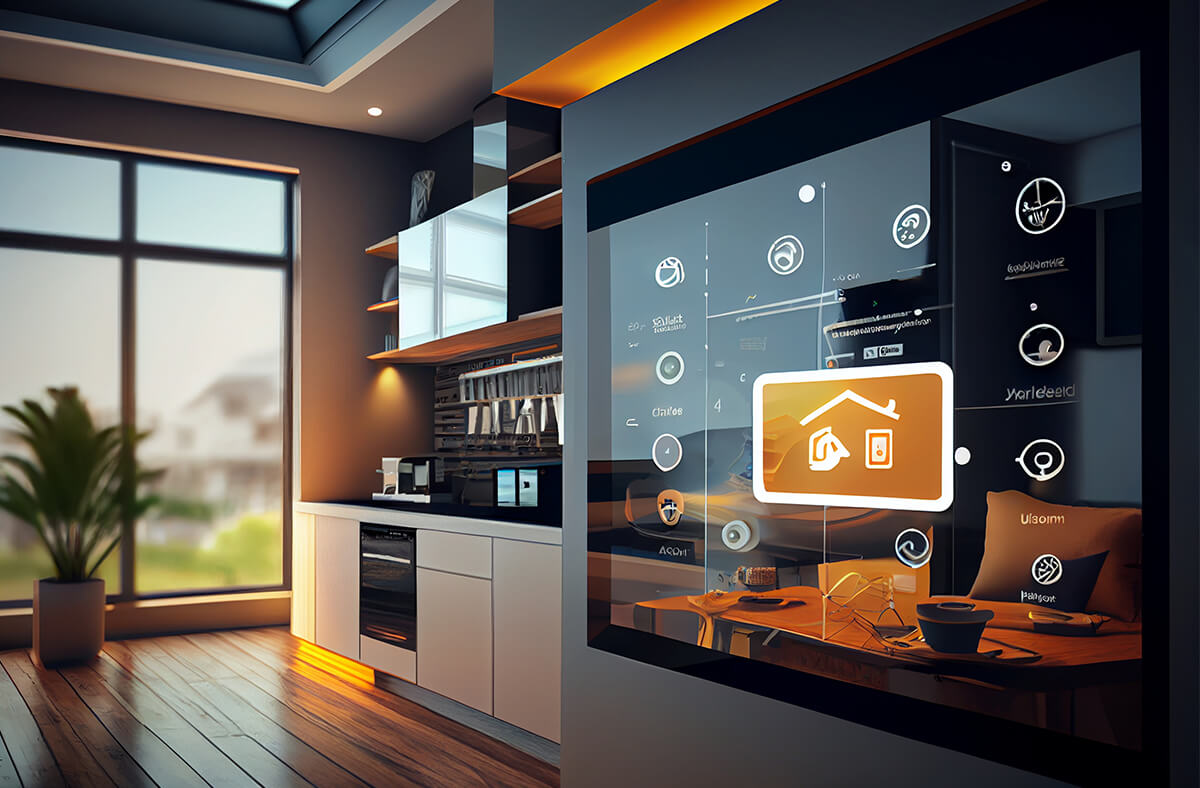

Ideas and Tips
Smart Home Hub Integration to Centralize Your Home Tech
Published: September 23, 2024
Discover how a smart home hub can centralize your home tech, streamline control, and enhance automation for a seamless smart home experience.
(Many of the links in this article redirect to a specific reviewed product. Your purchase of these products through affiliate links helps to generate commission for Storables.com, at no extra cost. Learn more)
In today's rapidly evolving world of technology, the concept of a smart home has become increasingly popular. With the rise of IoT (Internet of Things) devices, homeowners can now control and monitor various aspects of their homes with ease. At the heart of this transformation lies the smart home hub, a central device that connects and controls various smart devices within your home. In this article, we will delve into the world of smart home hubs, exploring their benefits, how they work, and the key considerations when choosing the right one for your needs.
A smart home hub is hardware or software that connects devices on a home automation network and controls communications among them. These hubs are essential for integrating various smart devices, such as lights, thermostats, security systems, and more, under a single platform. This centralization enables you to control and monitor these devices conveniently, either through a mobile app, a voice assistant, or a dedicated hub interface.
Smart home hubs act as translators between different smart devices that may use different protocols and technologies. For instance, if a smartphone, which does not use Zigbee to communicate, wants to "talk" with a smart lock that only uses Zigbee and not Wi-Fi or Bluetooth native to the smartphone, the smart home hub acts as a bridge between the two.
Smart home hubs typically have built-in radios or connectivity options like Wi-Fi, Zigbee, Z-Wave, or Bluetooth, allowing them to directly communicate with various smart devices. These hubs often come with a user-friendly interface, such as a mobile app or a web-based dashboard, making it easy to manage your smart home devices and automation.
A smart home hub usually has a built-in switch that maintains the information necessary to determine how and where data is forwarded. Devices may also include compute resources to perform some processing tasks before data is forwarded. The associated smart home app acts as a "universal remote" for all smart home devices, allowing the owner to monitor elements of the smart home network and automate, schedule, and control tasks.
Benefits of Using a Smart Home Hub
-
Centralized Control: One of the most significant advantages of a smart home hub is centralized control. Instead of managing multiple apps for different devices, a smart home hub allows you to control everything from a single interface. This simplifies the user experience and makes managing and monitoring your smart home ecosystem easier.
-
Energy Efficiency: Smart home hubs can help you save on energy costs by optimizing the use of your appliances. For instance, you can set schedules for your lights, thermostat, and other devices to turn off when not in use. Some hubs also provide energy consumption reports, allowing you to identify and reduce energy wastage.
-
Automation: Imagine waking up to a home that adjusts itself to your preferences. With a smart home hub, you can automate various tasks, such as adjusting the thermostat, turning on the coffee maker, and even playing your favorite morning playlist. This level of automation adds a layer of convenience and comfort to your daily routine.
-
Voice Control: Many smart home hubs are compatible with voice assistants such as Amazon Alexa, Google Assistant, and Apple Siri. This means you can control your smart devices using simple voice commands. Whether you want to dim the lights, play music, or check the weather, voice control is effortless and hands-free.
-
Interoperability: A smart home hub acts as a bridge between different smart devices, allowing them to communicate and work together. This interoperability ensures you can mix and match devices from different brands without worrying about compatibility issues—a smart home hub can integrate all smart lights, thermostats, and cameras.
-
Increased Property Value: Investing in a smart home hub like Hubitat can increase the value of your property. As smart home technology becomes more mainstream, potential buyers will likely see the added value in a home equipped with a smart home hub, making your property more attractive in a competitive real estate market.
-
Enhanced Monitoring: A smart home hub offers valuable monitoring capabilities for parents and pet owners. You can integrate baby monitors, pet cameras, and even smart feeders to keep an eye on your loved ones. This added layer of monitoring ensures their safety and well-being, even when you're not around.
-
Remote Access: Modern intelligent appliances like refrigerators, ovens, and washing machines can be integrated with a smart home hub. This lets you remotely control and monitor these appliances, receive maintenance alerts, and even automate specific tasks. For example, you can preheat your oven on your way home or receive a notification when your laundry is done.
-
Accessibility: A smart home hub can significantly improve accessibility for individuals with disabilities or limited mobility. Voice control, automated routines, and remote access make it easier to manage daily tasks and maintain independence. This inclusivity ensures that everyone can benefit from smart home technology.
-
Sustainability: A smart home hub can contribute to a more sustainable lifestyle by optimizing energy usage and reducing waste. Features like energy consumption reports and automated schedules help you make eco-friendly choices, reducing your carbon footprint and promoting environmental conservation.
Read more: Shadows Of The Future Smart Home Integration
Key Considerations When Choosing a Smart Home Hub
-
Voice Control: If you want to control your smart home system via voice, see if the device can integrate with your smart speaker (e.g., Amazon Alexa or Google Home).
-
Integrations: Some smart home hubs offer more integrations than others. Also, the number of available integrations may be limited by the hub; for instance, Logitech Harmony only connects up to eight smart home devices.
-
Operating System Compatibility: While most systems are iOS- and Android-compatible, be sure to check prior to purchase.
-
Connection: Some smart home hubs require a direct connection to your router, like the SmartThings Hub, while others connect over Wi-Fi.
-
Compatibility: Know what standards (Zigbee, Z-Wave, Bluetooth, Wi-Fi) your smart home devices use and ensure the hub can accommodate them.
-
Smart Home App: Most smart home hubs are accessed through a smartphone app. There are also some options available through a PC or Mac.
-
Automation Capabilities: Look for a smart home hub that supports automation capabilities and the creation of scenes. Automation allows you to create rules and triggers for your devices, enabling them to respond automatically to specific events or conditions. Scenes enable you to set up customized combinations of device settings with a single command, like "Movie Night" or "Goodnight," which can adjust lights, temperature, and other devices simultaneously.
-
Security Features: Consider the security features offered by the smart home hub. Look for features like data encryption, secure communication protocols, and robust user authentication mechanisms. A secure hub ensures the protection of your smart home system from unauthorized access and potential cybersecurity threats.
-
Expandability: Evaluate the expandability of the smart home hub. Determine if it allows for the addition of new devices and integration with third-party services or platforms. A hub with good expandability will ensure future compatibility and flexibility as you expand your smart home system.
Popular Smart Home Hubs
-
Amazon Echo: Amazon Echo offers advanced voice control capabilities through its virtual assistant, Alexa, allowing you to control devices with simple voice commands. It integrates well with Amazon's ecosystem, providing access to a vast library of compatible smart home devices and skills. However, the ecosystem is primarily focused on Amazon products and services, which may limit compatibility with some third-party devices.
-
Google Nest: Google Nest is compatible with a wide range of smart devices and supports popular protocols like Wi-Fi and Zigbee. It offers voice control through the Google Assistant, allowing you to control devices using voice commands. It works seamlessly with other Google Nest products, creating a cohesive smart home ecosystem.
-
Samsung SmartThings: Samsung SmartThings is another popular option that works seamlessly with a wide range of smart devices and supports popular protocols like Zigbee and Z-Wave. It offers advanced voice control capabilities and integrates well with various smart home devices and platforms.
-
Apple HomeKit: Apple HomeKit is known for its seamless integration with Apple devices. It offers voice control through Apple Siri and integrates well with various smart home devices and platforms. However, it may have limitations in terms of compatibility with non-Apple devices.
Real-Life Scenarios
-
Jane's Smart Security System: Jane, a busy professional, often travels for work. With an integrated smart security system, she can monitor her home remotely, ensuring it's safe while she's away. The system includes smart locks, which she can control from her phone, and security cameras that provide real-time footage.
-
Tom and Lisa's Energy Efficiency: Tom and Lisa wanted to reduce their energy bills. They installed a smart thermostat and smart lighting system, which adjusts automatically based on their daily routines. As a result, they've seen a significant reduction in their monthly energy costs.
-
The Smith Family's Voice-Controlled Home: The Smith family enjoys the convenience of voice-controlled devices. They use Amazon Echo to control their smart lighting, thermostat, and even their coffee maker. This integration has streamlined their daily routines and added a level of comfort to their home.
Future Trends in Smart Home Technology
-
Renewable Energy Integration: Smart home systems are increasingly being designed to work with renewable energy sources, such as solar panels. These systems can optimize energy usage based on the availability of renewable energy, further reducing reliance on traditional power sources.
-
Advanced AI and Machine Learning: Future smart home systems will leverage advanced AI and machine learning to predict user preferences and behaviors. This will allow for even more personalized and efficient home automation.
-
Interoperability: There is a growing emphasis on interoperability in future smart home systems. These systems will be able to seamlessly integrate devices from different manufacturers, providing a more unified and cohesive user experience.
In conclusion, a smart home hub is an essential component of any smart home setup. It centralizes control, enhances energy efficiency, automates daily routines, and integrates seamlessly with various smart devices and voice assistants. By considering the key features and popular options available in the market, homeowners can choose the right smart home hub that aligns with their specific needs and requirements. Whether you're looking to simplify your daily routines or enhance the security and comfort of your home, a smart home hub is the perfect solution for creating a seamless and integrated smart home experience.
Was this page helpful?
At Storables.com, we guarantee accurate and reliable information. Our content, validated by Expert Board Contributors, is crafted following stringent Editorial Policies. We're committed to providing you with well-researched, expert-backed insights for all your informational needs.
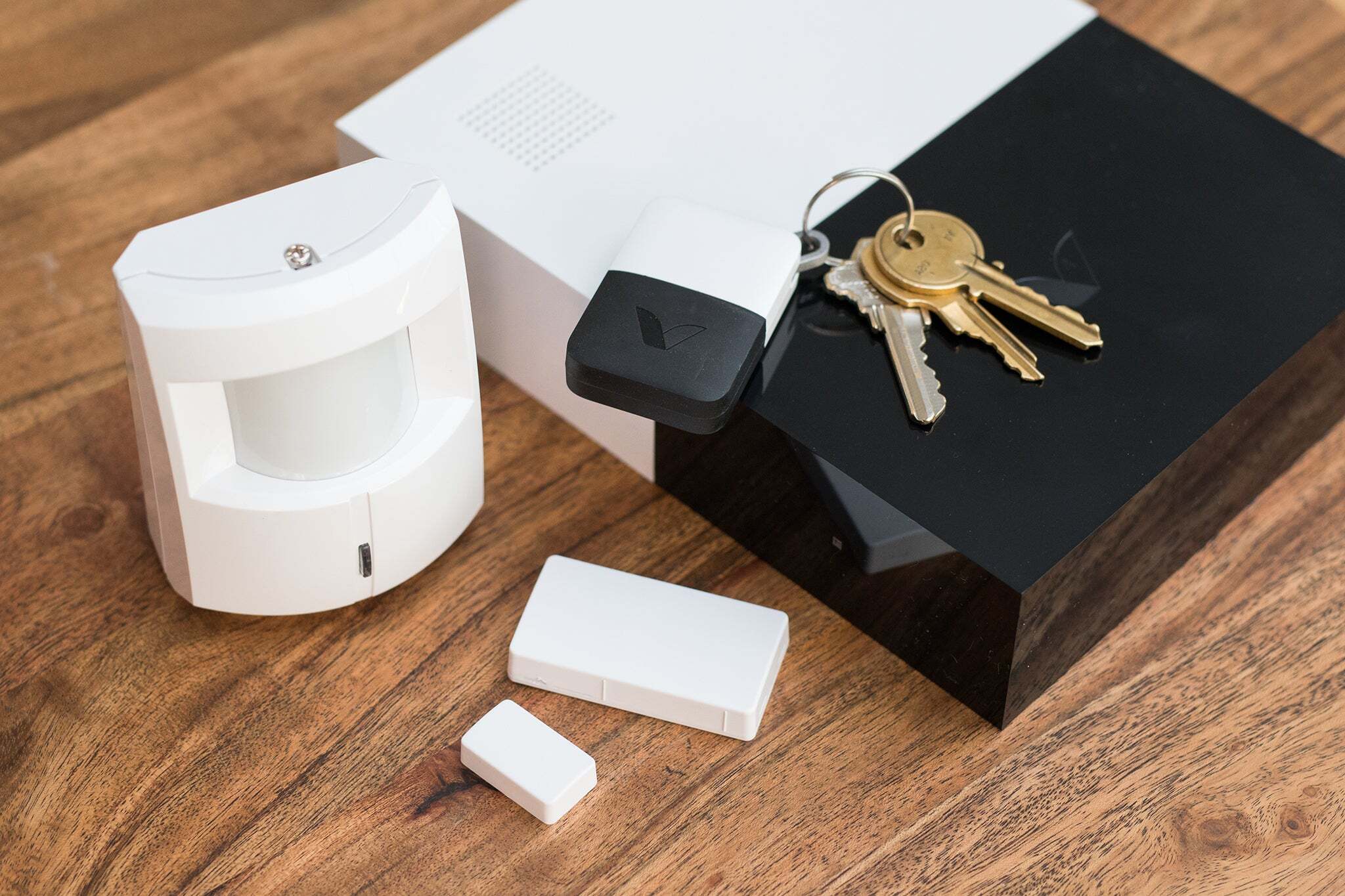
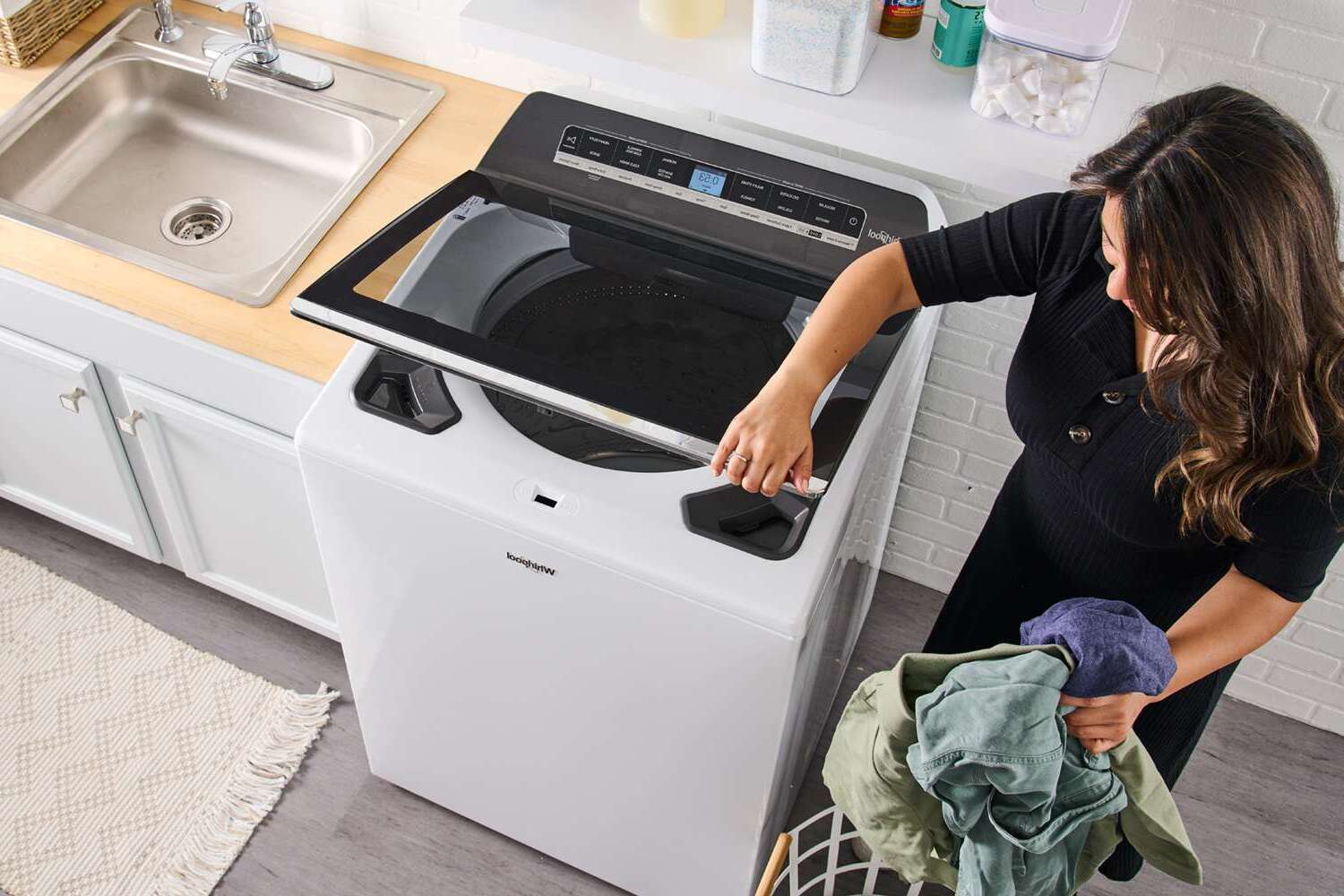

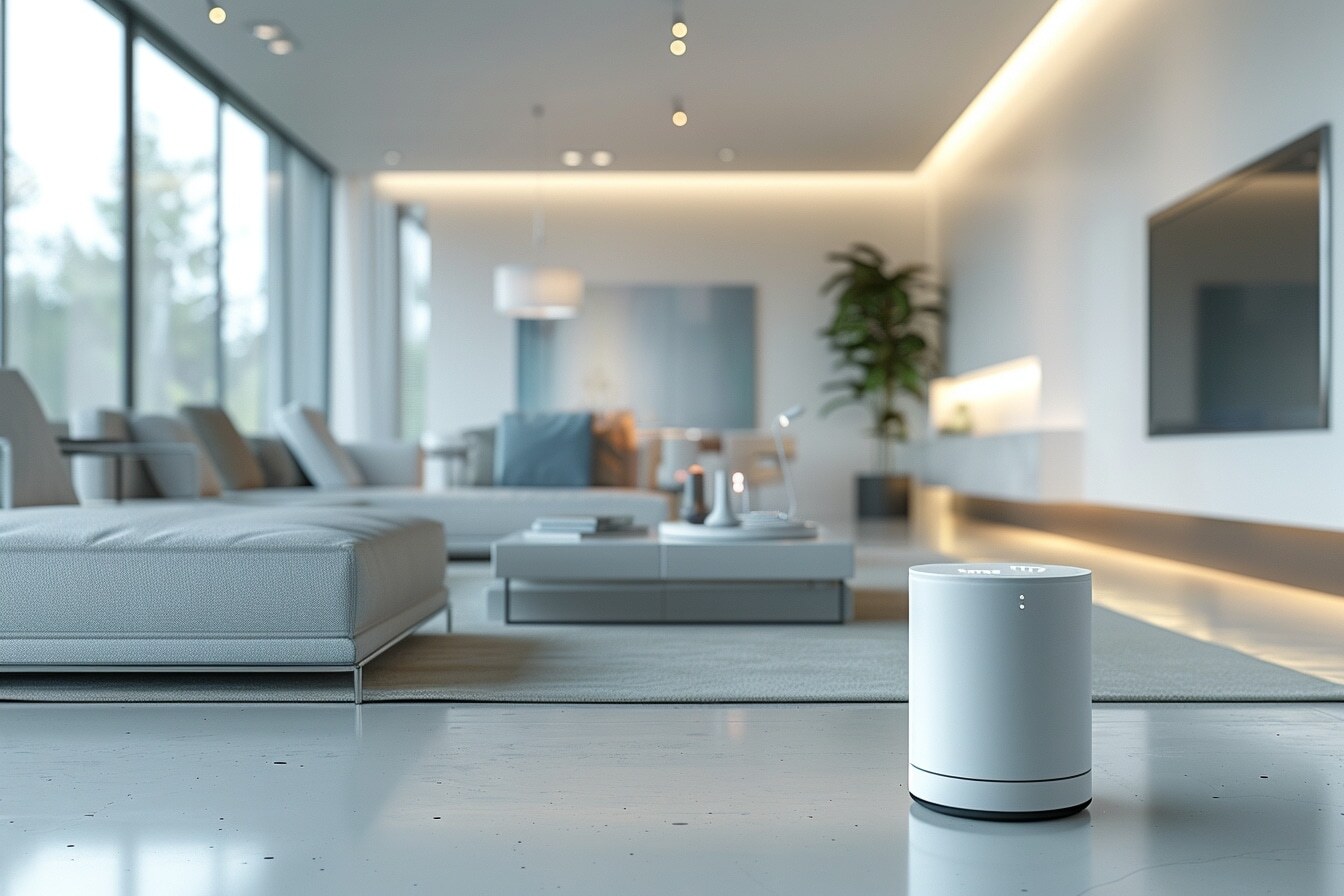
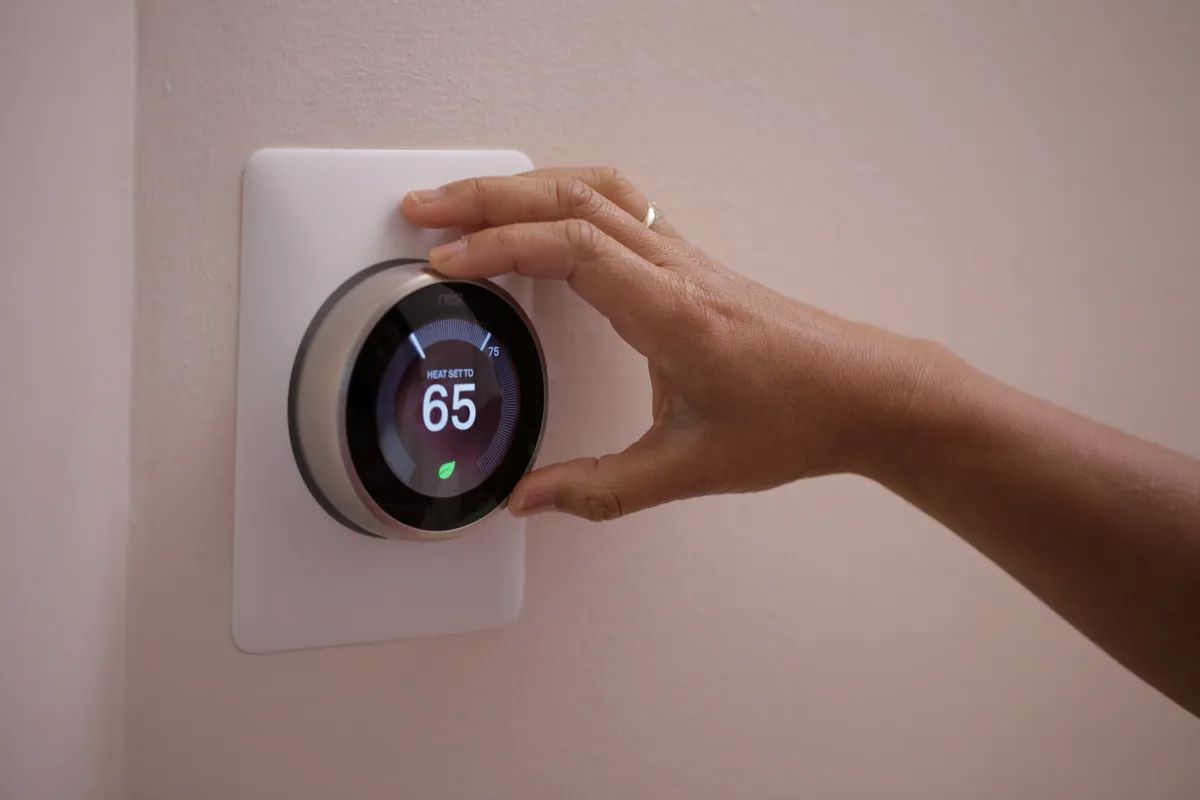
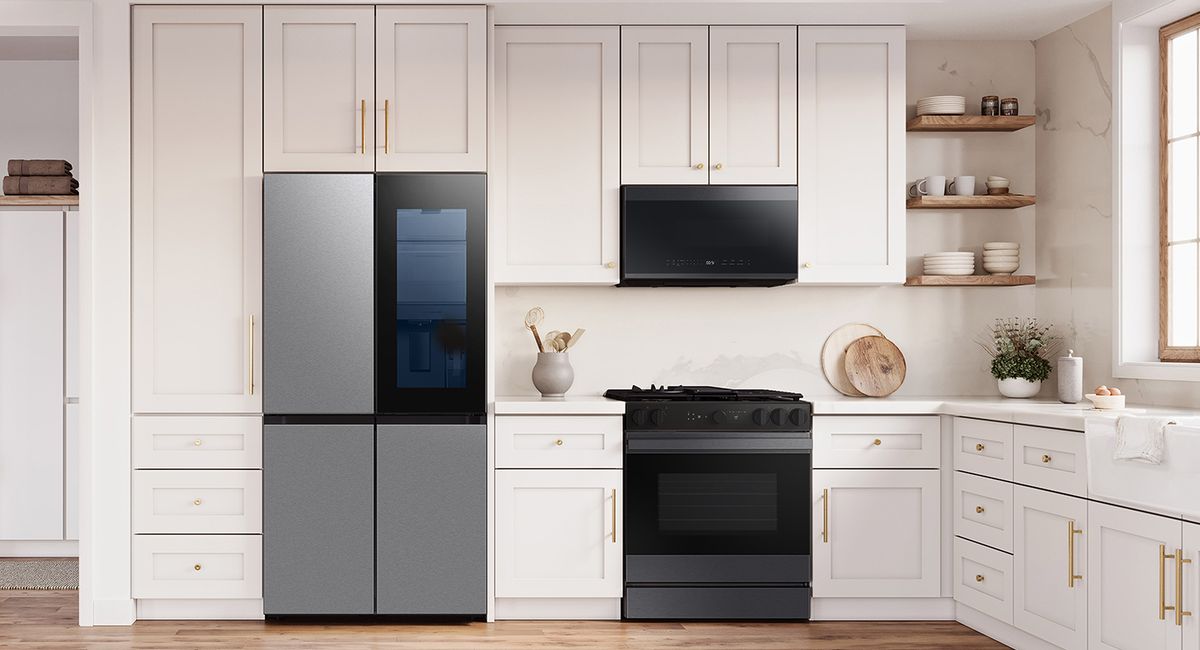

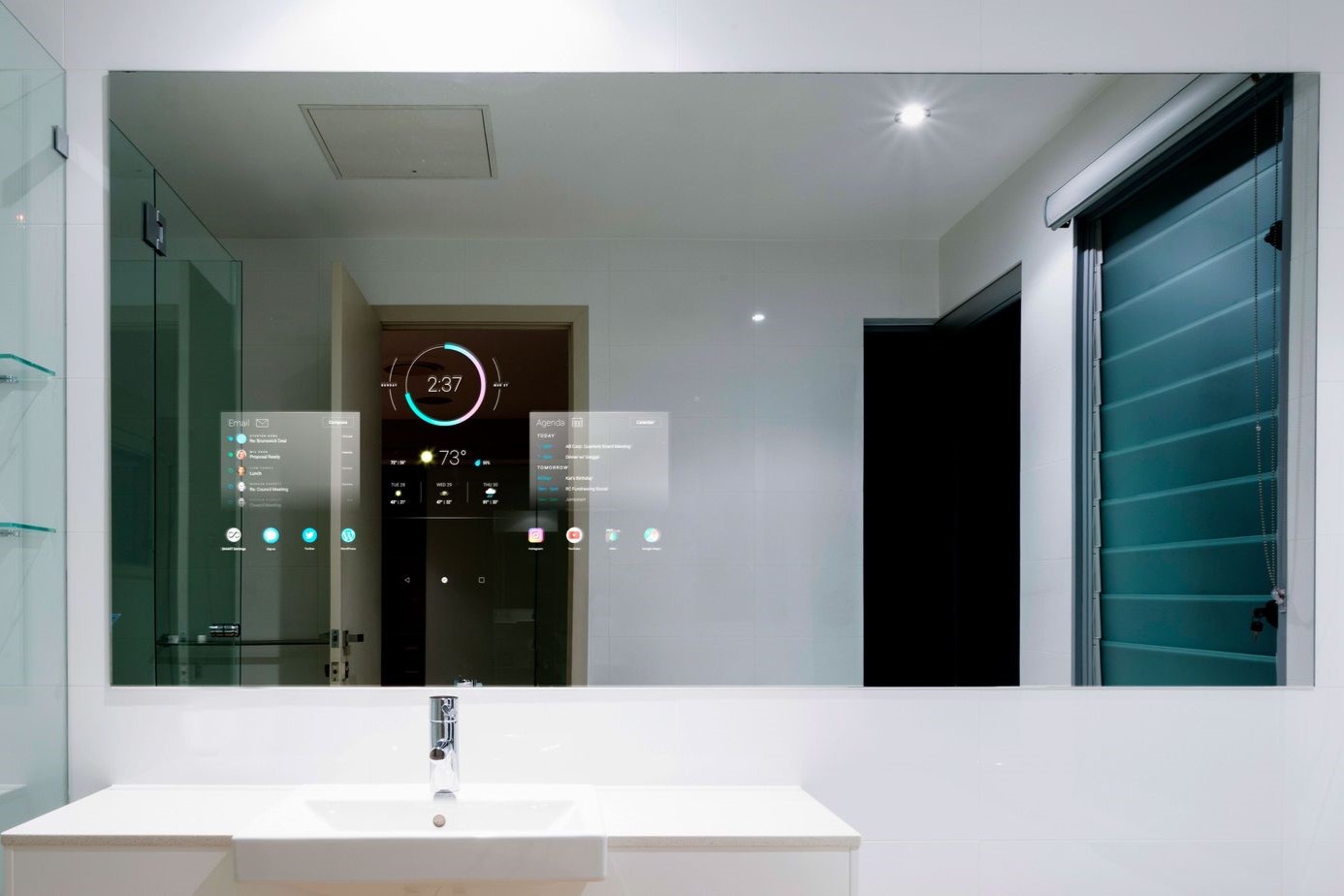
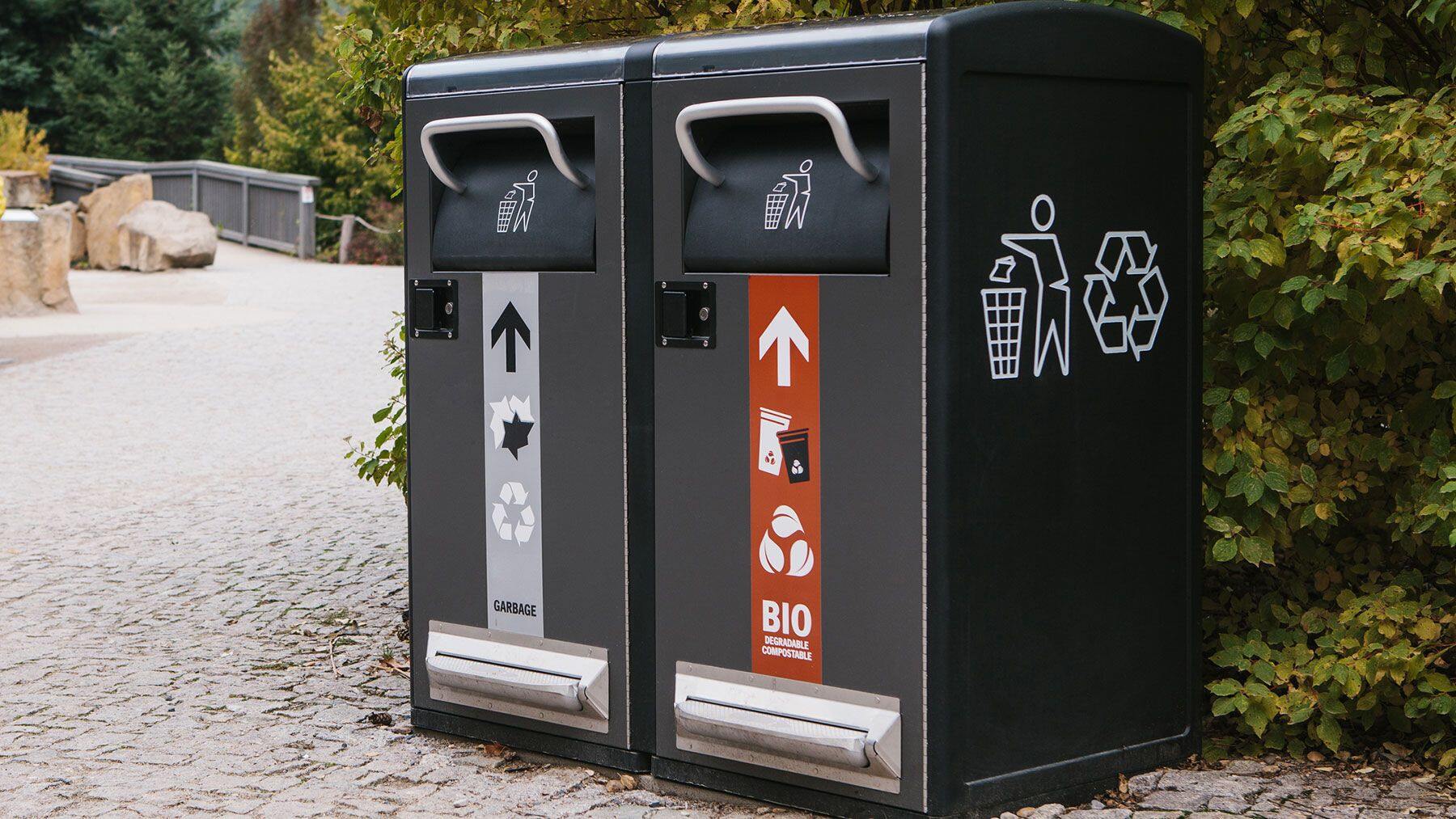
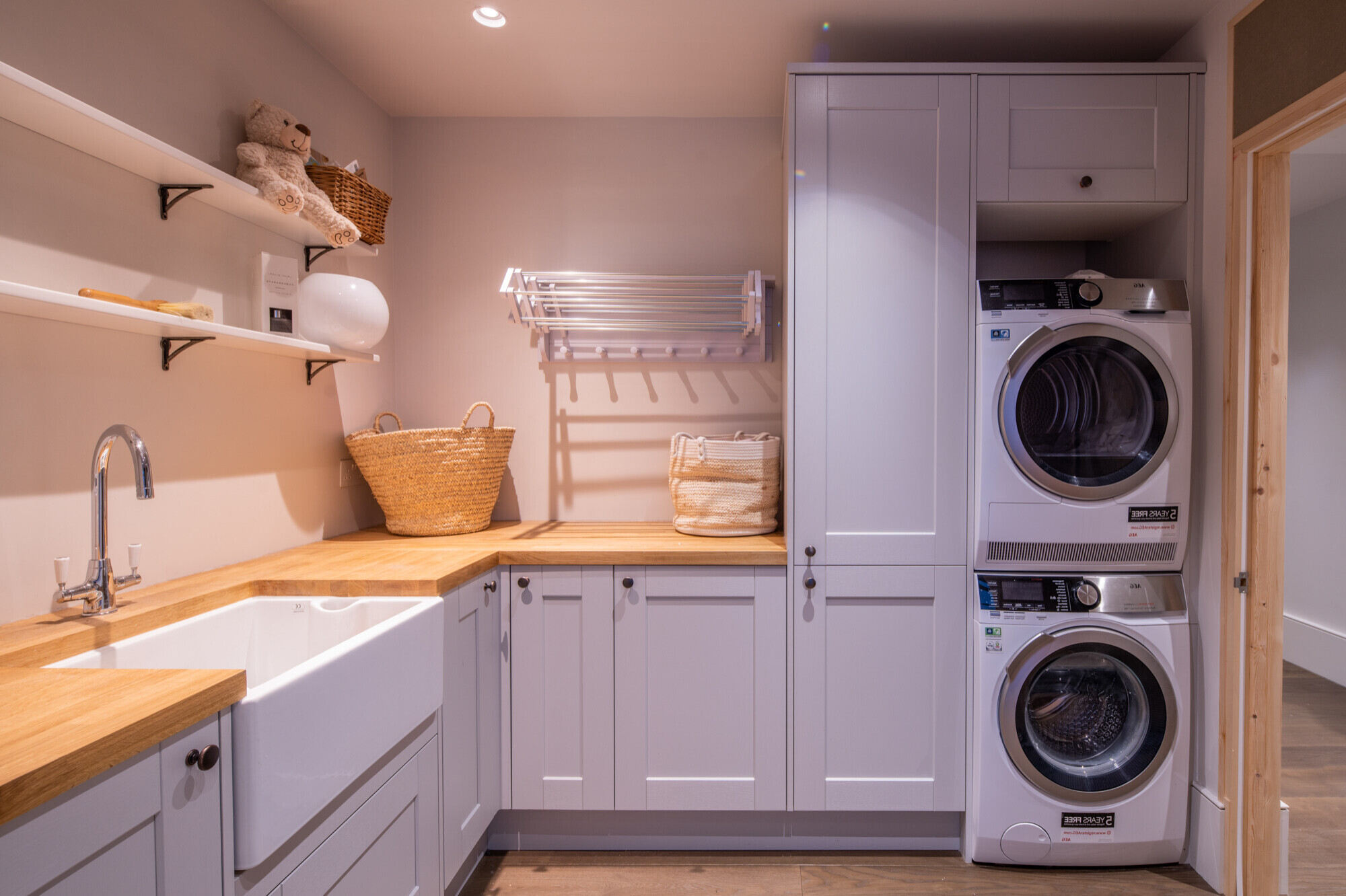
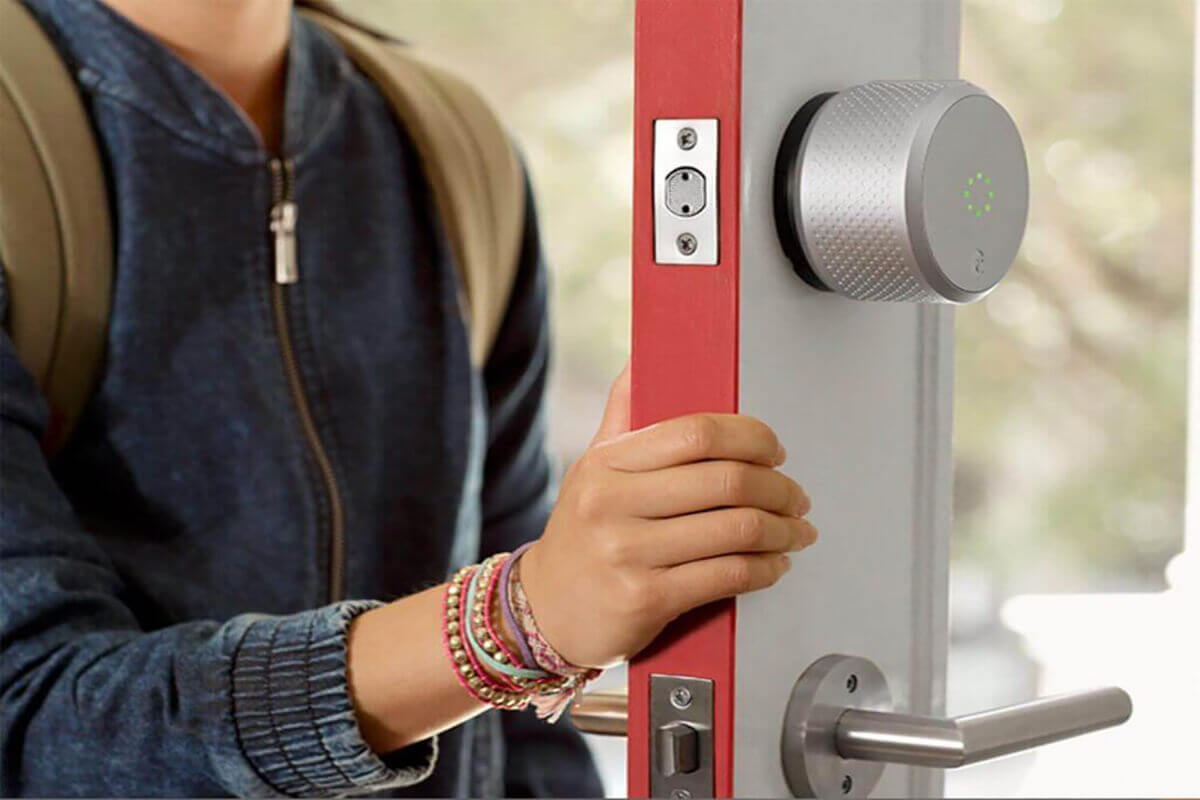
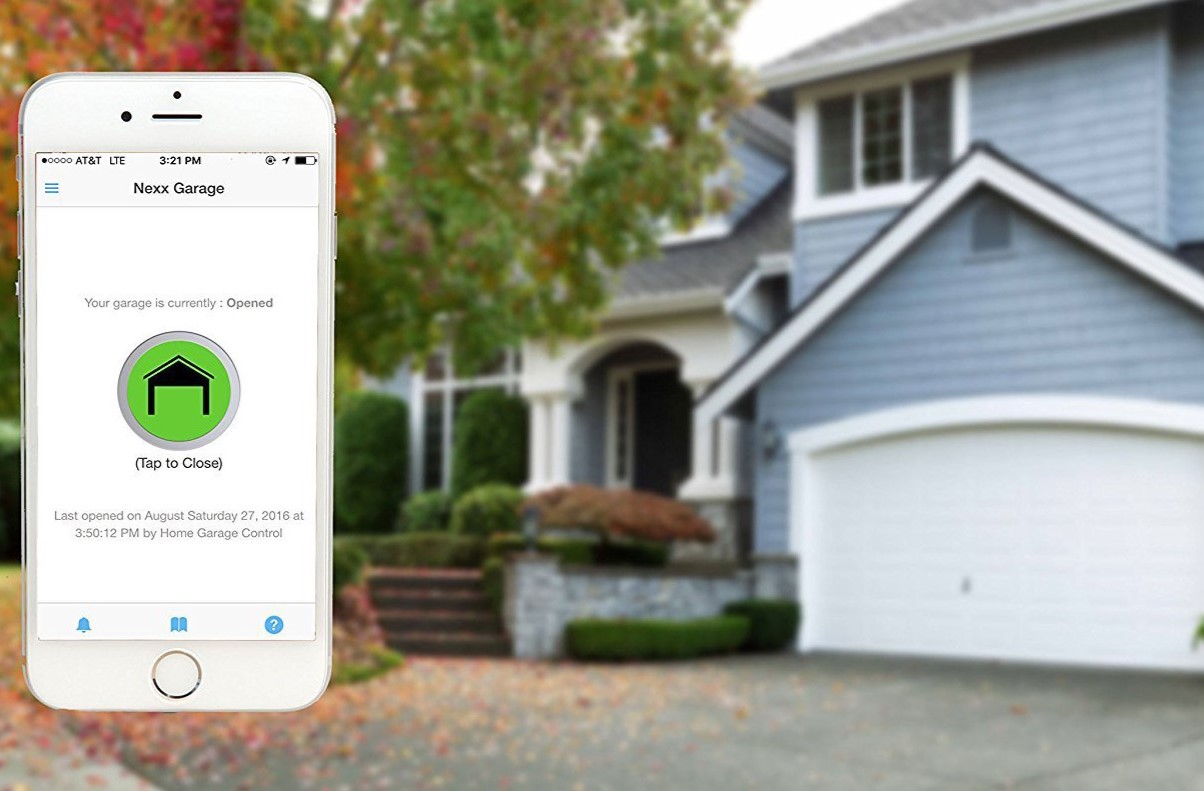
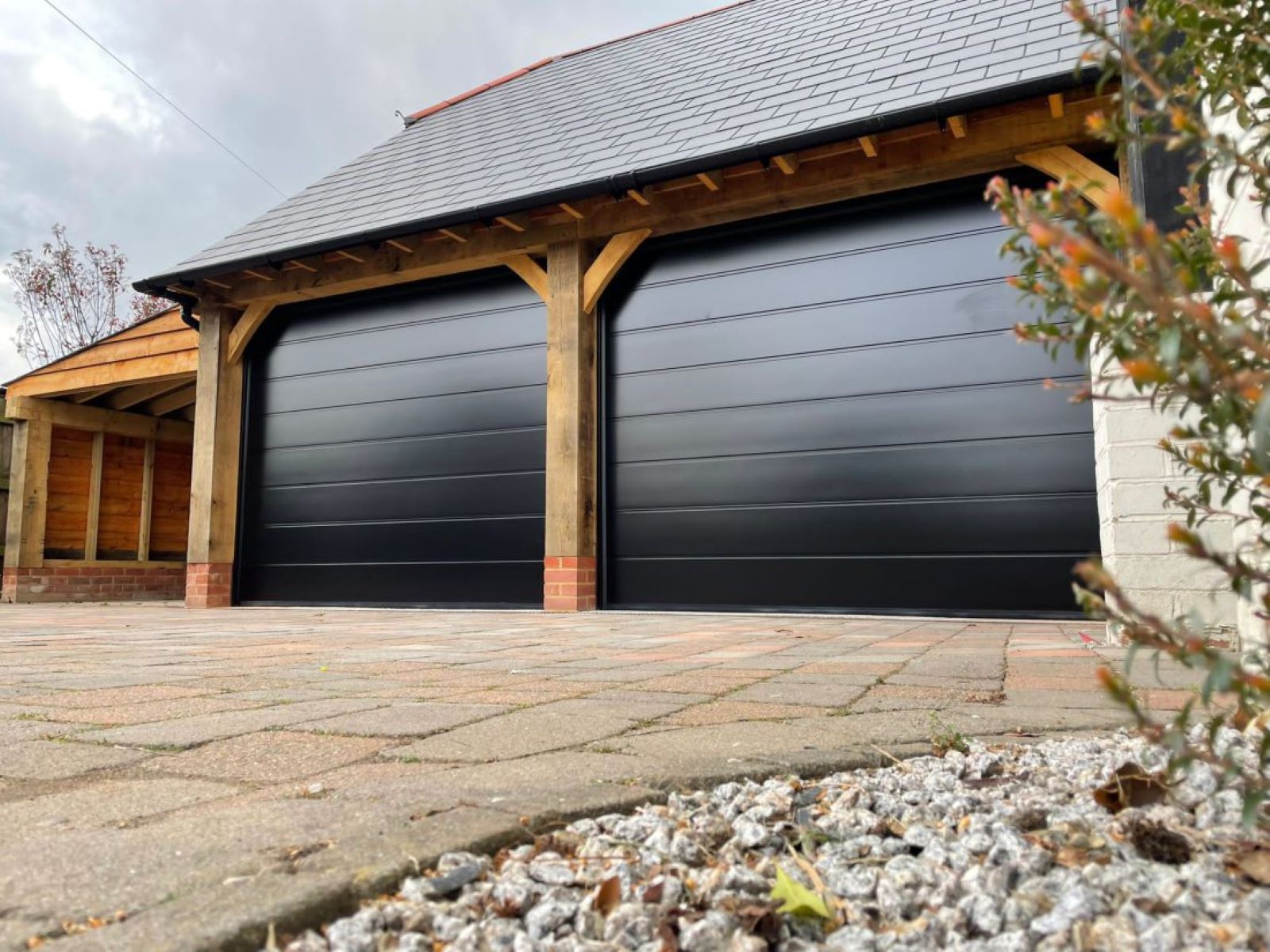
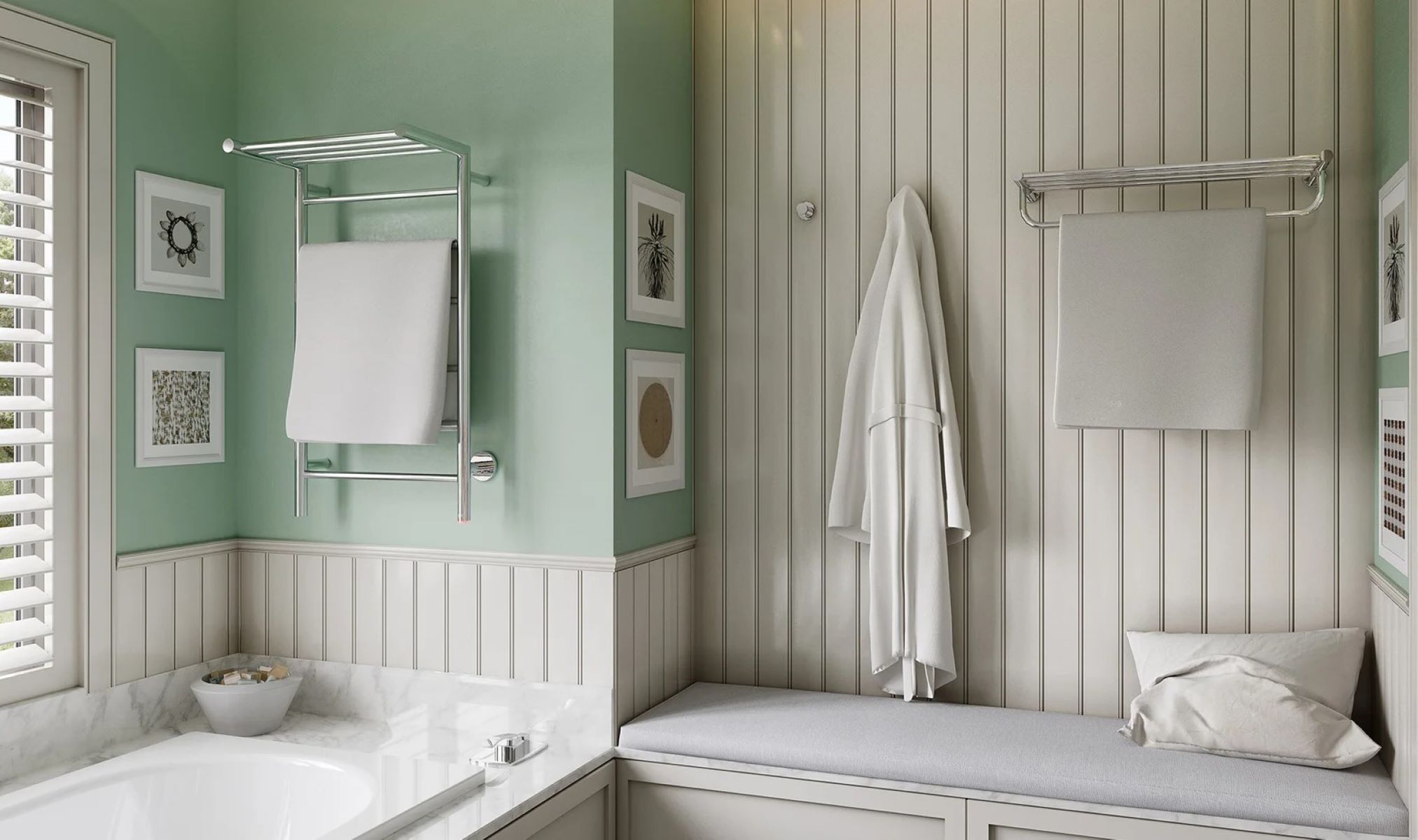
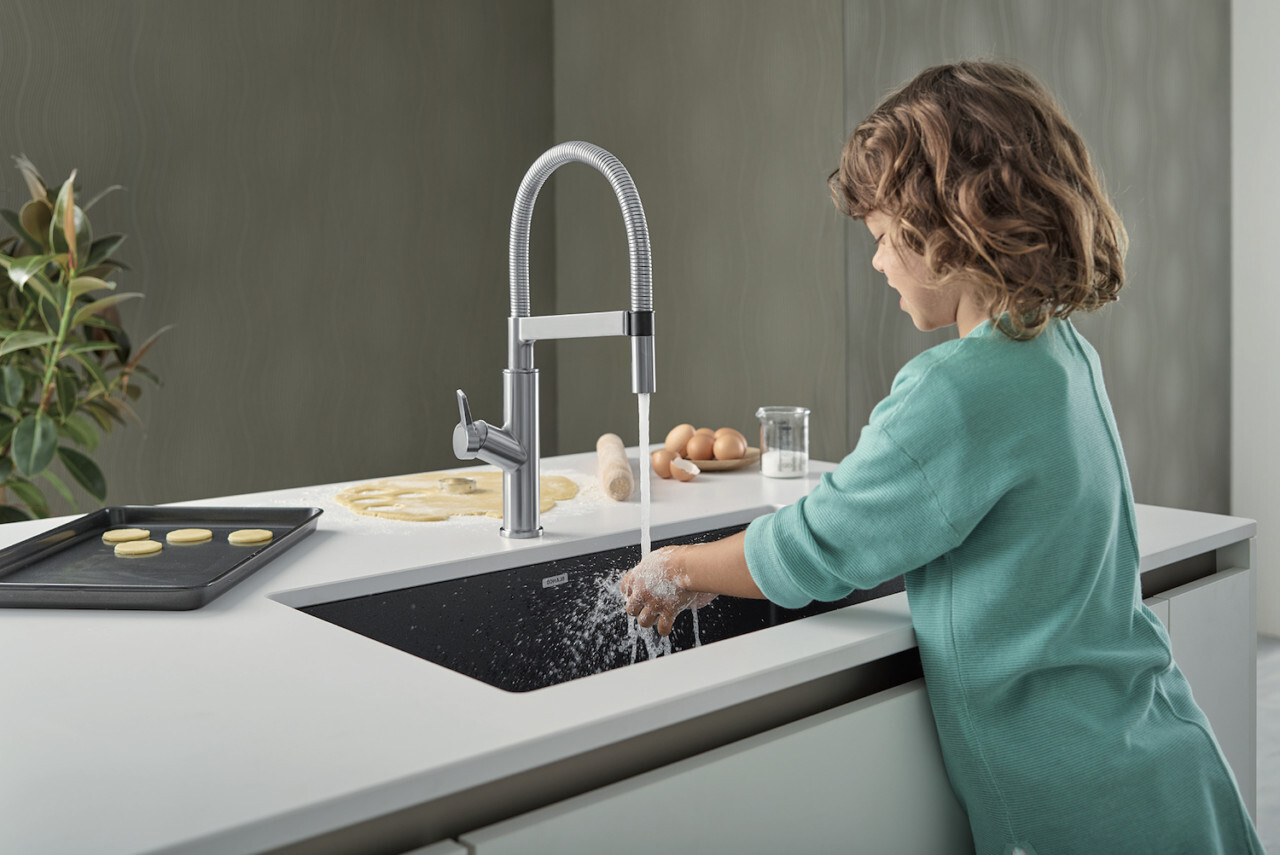

0 thoughts on “Smart Home Hub Integration to Centralize Your Home Tech”